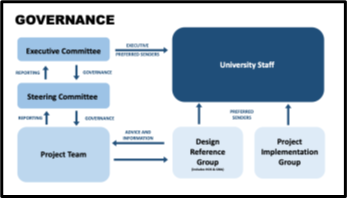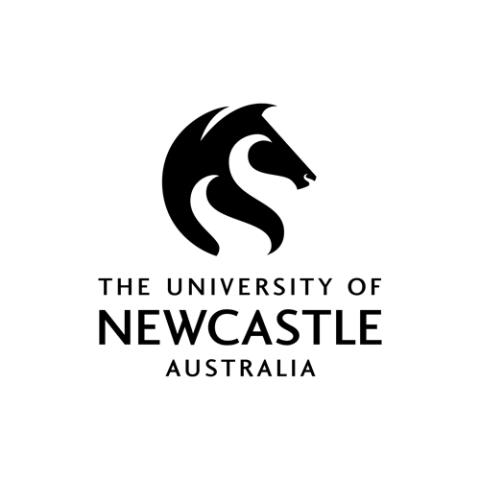
Enhance inclusivity by switching to a more equitable work allocation model
Academic work allocation models are central to university effectiveness. Inconsistent practices build cultures of distrust, feelings of loss of agency and concerns of biased practices. Inequities can also present where minority groups and or women are disproportionately impacted.
In 2022, the University of Newcastle evaluated its practices with academic work allocation, which identified that over eight years (2015-2022) academic staff had had 23 different models considered and approved. Some schools had more than two models in operation at the same time, while others had no model in place at all. There were also variations in how the models were being measured (hours, points or equivalent full-time student load). The inconsistent practices resulted in low staff morale, reported biases and career-limiting practices, and were impacting our student experience with some models’ driving perverse outcomes, interfering with course and programme review.
Our analysis led to an 18-month journey of change to implement an institutional-wide principles-based academic work allocation model that supports equity and transparency. From the start, this wasn't just about changing operational processes; it was also about transforming our institutional culture and mindset regarding academic work allocation. We aimed to increase staff morale by designing a model that would enhance equity and transparency while also supporting increases in employee personal agency and operational efficiencies. Yet we also anticipated fierce resistance, as making changes to the way people work is complicated and often creates anxiety even when there is widespread dissatisfaction with existing models.
Moving to an institution-wide work allocation model requires good leadership and relies on consistent communication. Staff will have genuine concerns about job security, fair and equitable workload distribution and continued quality of education delivery. It is important to ensure that you address concerns, plan for extensive consultation and allow for opportunities for feedback.
Here are five actions your university can take when considering a similar change initiative of this scale to support successful outcomes.
1. Appoint a senior academic lead
Early in the programme development, we appointed an academic executive sponsor and established a framework to enable extensive consultation at all levels of the institution. Having an academic lead was critical, as was working closely with our senior academic leader to ensure that communication occurred regularly by the right people at the right time. Our senior leaders became our agents of change as we expanded the consultation to gain further insights.
2. Establish the why
Establishing a clear vision early on is crucial. Consider why you are looking to change, what the current challenges are and importantly what aspects will not change. We needed enhanced equity, transparency, fairness and sustainability in our academic work allocation model. Through consultation, we tested these principles with our staff and then used them to underpin the development of the new model.
- Resources on HE leadership and strategy
- Collection: What can universities do to become fairer and more sustainable?
- Resources on improving well-being in higher education
3. Get your project governance set up right from the start
Establish a formal governance framework, which includes a steering committee, as well as several advisory panels from the outset to support successful project outcomes. Additionally, it is important to identify the roles and responsibilities of your collaborators. Before implementation of the model, we mapped our collaborators and then worked to ensure a clear understanding of roles and responsibilities. This is now documented in our policy and procedures. Our project governance and reporting structure is outlined in figure 1 and our core team included:
- Academic executive sponsor (pro vice-chancellor, academic excellence),
- Project director (chief people and culture officer)
- Project and change manager,
- Communications manager
- Data analyst.

As the model transitioned from planning into operation, the steering committee shifted into a governance panel. The establishment of this panel was critical to maintaining a fair, transparent and equitable approach and ensuring ongoing independent oversight. This panel monitors and reviews work allocation across the university, ensures adherence to the principles, explores opportunities for improvement and considers and reviews staff concerns around work allocation. At a school level, our leaders also established practices of shared governance, with peer work allocation review panels providing recommendations to the head of school.
4. Be committed to genuine consultation and regular communication and be prepared to compromise
Ensuring early, and regular communication is critical. Most importantly, you need to be open to feedback and compromise. Along the way, our model changed and adapted based on feedback from our staff and unions. This was important as it enabled our model to better reflect the needs of our staff, foster collaboration and enhance satisfaction.
We held more than 40 different formal consultations, complemented by informal and localised sessions led by college and school leaders including but not limited to team meetings, focus groups and one-on-one discussions. These were informed by current model analysis and national and international benchmarking. We also ran a qualitative survey, which enabled us to understand existing challenges, communicate equity outcomes and share examples of positive impact, in particular for our indigenous staff.
Even with extensive consultation, the Australian National Tertiary Education Union (NTEU) lodged a case with the Fair Work Commission. However, positive engagement with the NTEU and the Commission led to successful further review and analysis of the model.
5. Give your institution the time it needs to adapt and get the change to stick
Sustained change will take time. Our project was established in three phases (foundation, alignment and embedding). Phases one and two took 18 months through planning, design, pilot and to final implementation. This included national and international benchmarking, internal data analysis, design workshops, consultation and engagement with staff, unions and the Fair Work Commission and the design and launch of an IT system and reporting dashboard. Phase three (embedding) is anticipated to occur over two years, and we are part-way through. As the model moves into operations, the ongoing measure of success of this change will be how well it is embedded into the organisation, and how it adapts and evolves over time.
Nicole Bagnall is a programme director, performance excellence, at the University of Newcastle.
If you would like advice and insight from academics and university staff delivered direct to your inbox each week, sign up for the Campus newsletter.




